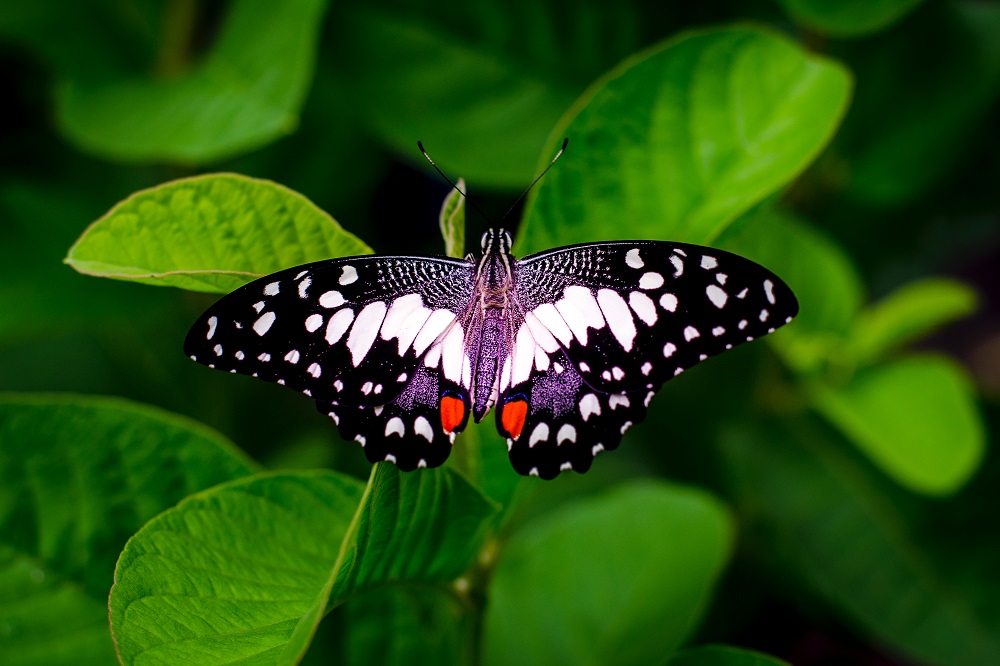Rainforest renders itself to a tough photography environment, not just because of the denseness of the forest, but since huge rays of light penetrates through the woods making it difficult to capture the subject in an even light. Moreover, heavy rains and the presence of wild animals toughen the task of photographers. Whatever the challenges, it should not take away from the opportunities that rainforest photography throws open to the explorer.
Rainforest photography needs more post-processing work than probably any other form of photography. The thick canopy and variations of light are major challenges that a photographer has to put up with. The light is precariously low and you can never be too sure whether to hand-hold the camera as it may cause automatic flashes to fire.

Here are some tips that can come in handy while you go about your rainforest photography:
Opt for cloudy weather conditions, since the sun casts heavy shadows which make exposure difficult. It is best to avoid sunny and dry days. Keeping a long shutter exposure along rivers and creeks makes for very good photography environment. It is also a good idea to shoot in the rain, with your camera protected under an umbrella.
Tuck away your flash for most part of your shoot. Using a flash can sometimes be annoying to the subjects and any other prospective subjects in your midst. Sometimes, it can unsettle the subject, especially when you are trying to capture a picture of a bird.
Choose the early mornings or the late evenings to go out and shoot in order to avoid the harsh contrast caused by bright midday sunlight. While the sun shining strongly breaks through the thick canopy, the pictures are likely to be speckled with uneven light and the colors may end up looking patchy and messy. When the light is softer, the shadows create a very gentle contrast.
Watch out for shafts of light falling on birds or leaves to get the right contrast in your photos. Use flash sparingly- confine it to only photographing the birds or monkeys perched on trees. Otherwise, you would want to capture the beauty of nature in all its glory.
Use a polarizing filter to cut down the reflections off the wet leaves and increase the color intensity.
The image that is derived from your rainforest photography should be examined to ascertain whether the right amount of color and lighting is captured by the camera. In case, you are not satisfied with the image quality, you may want to go on for an exposure correction. Exposure correction is a post-processing editing technique used to rectify the exposure, when there is an over-exposure or under-exposure due to the quality of the camera being used or due to bad exposure of light. It is a method that allows necessary adjustments to be made to an image in order to make it appear as close to reality as possible.
Exposure correction can be made using an image manipulation software like Photoshop. There are also outsourcing options available for those who are not adept at working with photo editing software.












Add Comment